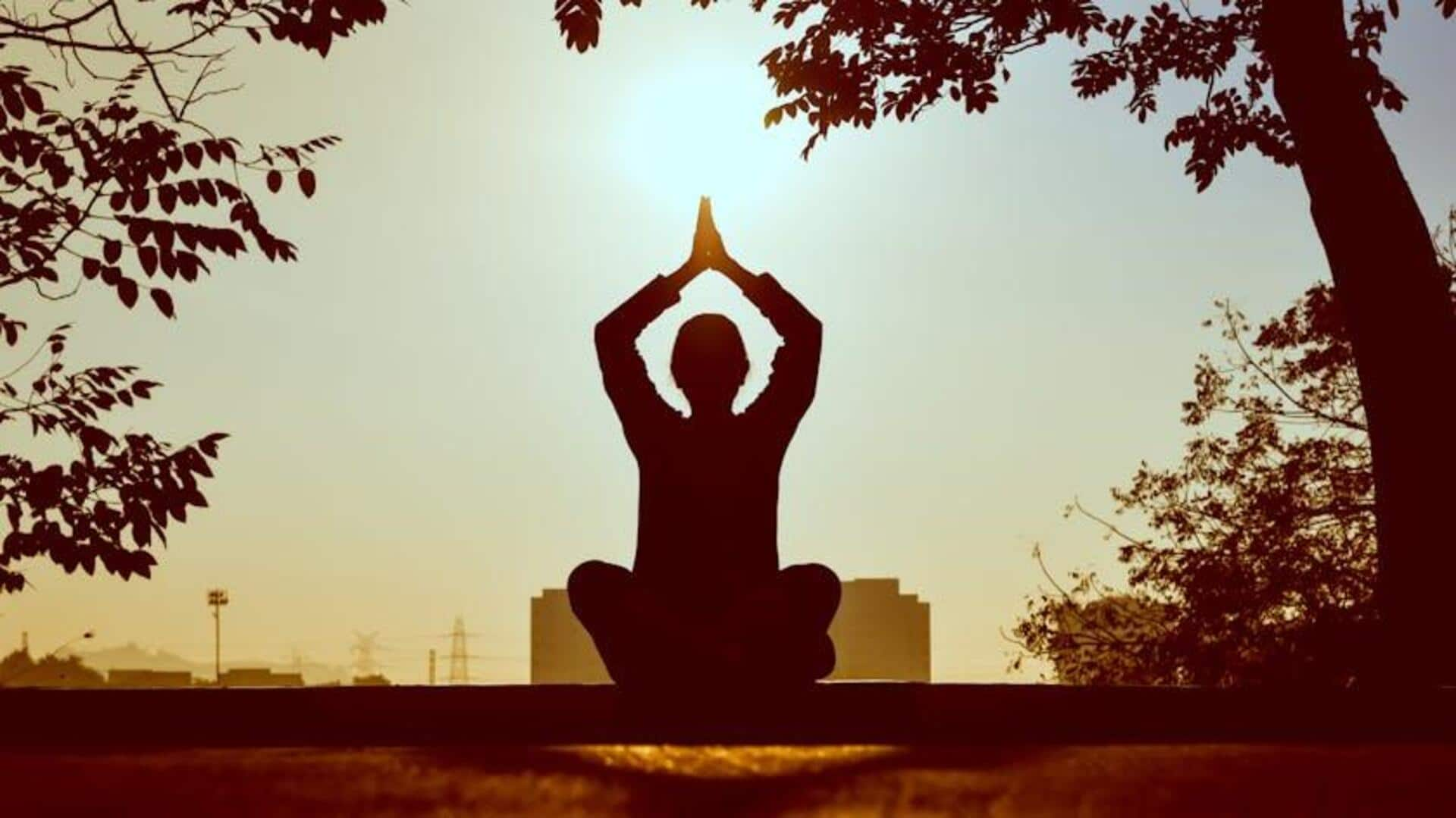
5 yoga poses believed to be harmful (but are not!)
What's the story
Yoga is one of the most misunderstood practices, with many postures believed to be harmful. In reality, when practiced correctly, yoga can do wonders for your mind, body. The misconceptions about certain poses can keep people away from experiencing the myriad benefits. However, not anymore! We are here to clear the air by listing five yoga postures that are wrongly believed to be harmful.
Inversion insight
Headstand: A balancing act
The headstand is one pose that people often dread, fearing that they may injure their neck. However, if done with appropriate alignment and under guidance, it strengthens the core and enhances balance. The secret lies in engaging the shoulders and core muscles instead of just depending on the neck to hold the body.
Elevation Insight
Shoulder stand: Elevating benefits
Most people dread that shoulder stands could put a strain on their neck or spine. But, this pose, when done with perfection, can greatly improve circulation and calm the nervous system. It is important to build a strong base with shoulders. This ensures that the weight of the body is distributed evenly on the upper body. It reduces the risk of any pressure on any part.
Flexibility focus
Plow pose: Stretching safely
The Plow Pose is often wrongly thought to over-compress the cervical spine. However, with careful and mindful practice, and a gradual progression into the pose, it can greatly improve the flexibility of your back and shoulders. This way, you avoid any potential harm, and it becomes a safe exercise for making your spine flexible and shoulders mobile without putting them under excessive stress or injury.
Backbend basics
Wheel Pose: Opening up safely
The Wheel Pose is often intimidating, particularly by those with back problems. However, when attempted with care and proper prep, it can strengthen the back muscles and improve chest flexibility, considerably. As the deep backbend starts, a series of proper warm-up exercises are needed to avoid injury and get the most out of an opened chest and a strengthened back.
Seated serenity
Lotus position: Sitting comfortably
The Lotus position is frequently assumed to hurt the knees or hips due to its extreme cross-legged posture. By practicing variations like the half-lotus or using props, one can maintain comfort while gradually increasing hip flexibility. This way, one's flexibility can improve over time, minimizing chances of injury by a whole lot. It's a technique that honors the body's limits and promotes safe practice.